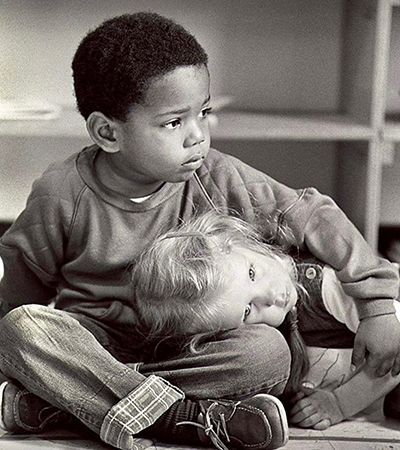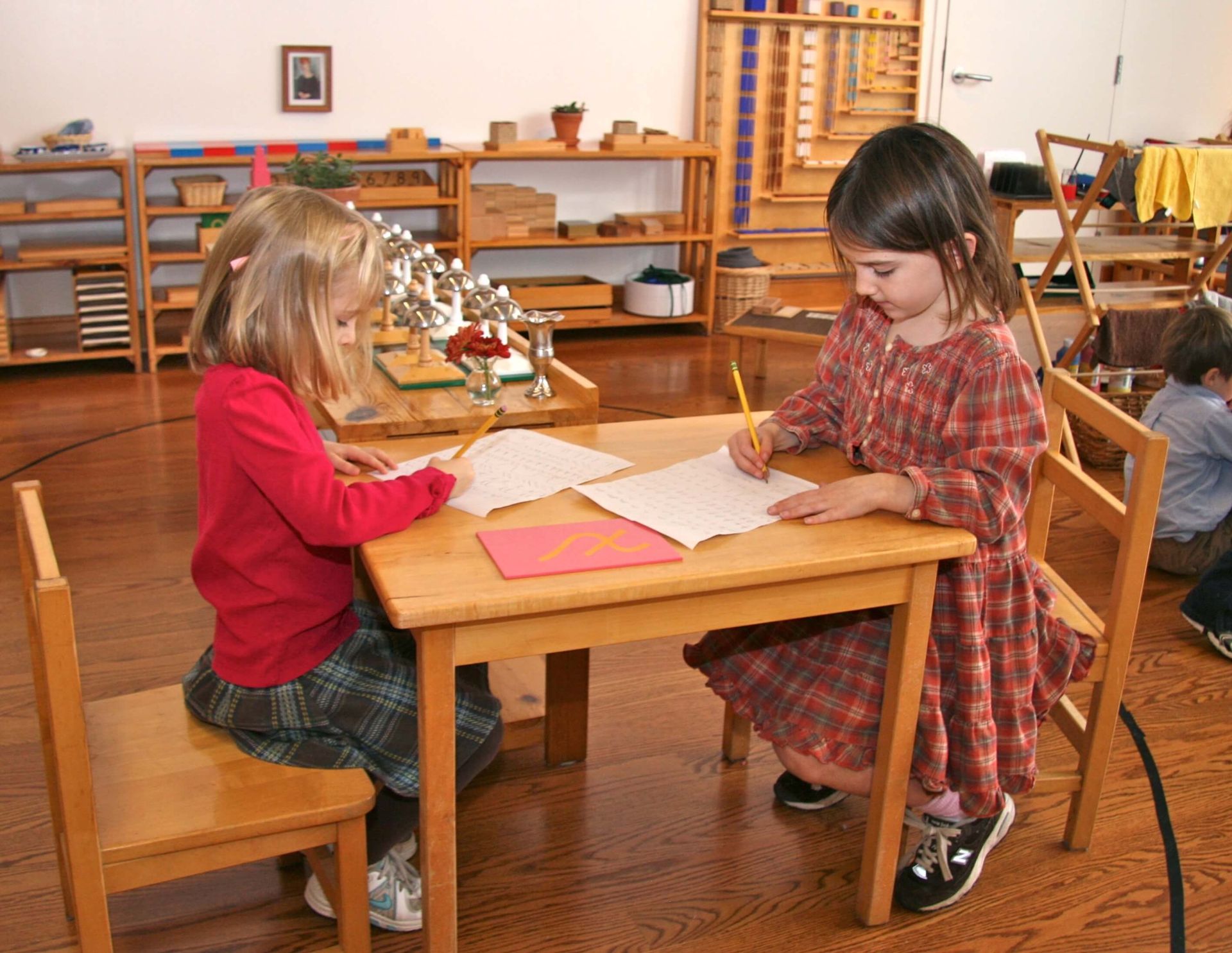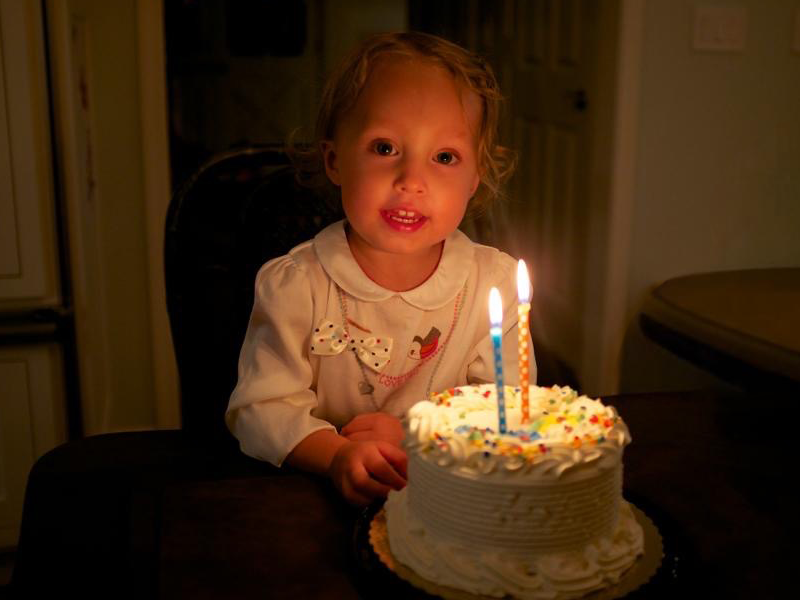
"We shall walk together on this path of life, for all things are part of the universe and are connected with each other to form one whole unity."
-Maria Montessori
I was standing in our kitchen when our 18-year-old son told me about George Floyd. It is not a moment I will forget. I admit, I am often head-down, plunging into the next task around here. The news—any news—is hard for me to absorb. And this news, of a white policeman senselessly killing a black man, makes me so upset and makes me want to separate myself from the ugliness of racism. But these feelings, however real, do not help produce change in the world.
I am white and have lived a very privileged life. I have been one of those white people who has been afraid to talk about racism. Guilt, embarrassment, and confusion are familiar feelings to me around the subject of race and racism, despite my also very strong conviction, honest goodwill, and deep belief in living a life that respects all human beings. Yet, it is because of my desire to contribute to a just world for all children that I am committed to learning and moving past fears.
I have seen the difference in my own two children. Our 18-year-old son mobilized unhesitatingly to walk in the peaceful protest in Evanston last Sunday, and our 16-year-old daughter was outspoken about the reactions to the events and comments, or lack of, that she witnessed. They are growing up more aware of their surroundings and ways of identifying and discussing racism than my husband or I did. We started them off with core values at home and chose high schools with more diversity than either of us experienced. In their most formative years they attended Montessori school, where children learn to cooperate with others instead of compete, to include one another and collaborate, to be curious and empathetic. With the plasticity of youth, it is natural for children and adolescents to seek to understand the issues of today; they are prepared to put their beliefs into their actions and confident enough to speak up, to listen to others, to self-evaluate.
But more important, we adults also have to change and grow. We will make mistakes and we won’t always get it right, but we can get better. We have to take responsibility for our own selves and for our individual participation.
If you don’t believe that, now is the time to get curious and investigate. Because adults miss out on something great, and we even add to the hurt, whether consciously or not, when we stay mentally fixed. Don’t be someone who thinks they’ve got it all figured out. No one really does, and that’s the truth life constantly teaches us. To be truly compassionate, we have to stay open to hearing others, to really listen, and to seek ways we can support positive change. We have to take action, and that begins with examining ourselves.
Last year, I read a book that deeply moved me, The Sun Does Shine. It is the harrowing account of Anthony Ray Hinton’s 30 years of imprisonment on death row. He had nothing to do with the crime and was nowhere near where it happened. But it was easy to convict him and leave him in jail; he was black and lived in Alabama. He was finally proved to be innocent and freed in 2015. Can you imagine surviving that?! It is a possibility that exists for too many in our world. I was so deeply impacted by this book; the author had invited me into his world and for the first time, I saw a new reality, one I had previously known nothing about. I tried to get everyone around me to read it.
This fall, I listened to Malcom Gladwell read his book Talking to Strangers on audible. It begins with Sandra Bland, a 28-year-old African American woman, originally from Chicago, leaving a job interview in which she had just been hired in Texas. Sandra is followed by a state trooper, who comes so close to her car she changes lanes to allow him to pass. She is pulled over for changing lanes without signaling. The video recorded exchange results in her being pulled from her car and arrested. Sandra hanged herself in a jail cell several days later. This was 2015. True story, and not the only one. How does such a thing happen, Gladwell asks. How does one go from innocently changing lanes and failing to signal, to being in jail? And where did her absolute despair originate? The uncomfortable reality is that for a black woman who is treated without basic respect numerous times over her lifetime and who is living in a society where the expectations for just treatment do not apply to her, the insults accumulate. I cried through it. I couldn’t stop thinking about Sandra Bland. It changed my perspective.
At Montessori conferences in the past few years, the conversation about equity has become ever-present. The Association Montessori Internationale, the American Montessori Society, the International Montessori Council, Montessori For Social Justice, and the Montessori Public Policy Initiative give us particularly good speakers, resources, and education about equity and inclusion for Montessori teachers and administrators. They are asking us to consider how we can make real a world where our children—all of our children—will experience equity. For those in diverse communities or minority communities, the topic often rises quickly to relevance, one way or another. But in communities like Lake Bluff and Lake Forest, we have to make more of an effort to talk about race, equity, and inclusion. Our children cannot always see our beliefs on the topic in action on a daily basis. We need to create productive spaces to discuss these complexities. I have been told very bluntly that NOT talking about things is a mistake—and always a lost opportunity for our children and ourselves. In the absence of a parent talking about equity, children can too easily fill in the blanks with another person’s comment or behavior.
How Can Parents Help Their Children?
Start with good books that depict children with different skin tones, from various backgrounds, who practice different religions and customs, and from other regions of the world. Reading such books with young children familiarizes them with others and gives them the reference and language that you value all people, not just the kinds of people in your own neighborhood. Teach your children that all people matter to you—that there are ways these beliefs are reinforced in our language, actions, and society. And until black and brown and all minority individuals are treated as equal to white people, verbalize your support.
As a teacher, I’ll never forget a six-year-old saying one day to the group in my Montessori Elementary class, “Today, our brothers and sisters in Mexico are celebrating Day of the Dead!” This boy was white, part Italian, and had no literal brothers or sisters in Mexico, but I knew his mother used such terms of endearment with him and his siblings regularly. It was a moment of joyful empathy that all the children recognized easily. It raised their curiosity. It was started simply by a mother using language of kindness and empathy. Whatever comes most naturally to you, start with what you know and feel, and then deliberately share your care for other human beings and their experiences. It can be gradual and it can be gentle. But start. Start wherever you are.

How Can Parents Move Forward?
Here I have shared a bit of the personal journey I am still on. There are also resources to help me, and to help us, learn more. I mentioned just two of the books I found helpful. I encourage you to explore some of the resources below, too. By understanding our own conscious or unconscious biases, we have tools to be stronger parents and allies. Seek to understand. Be brave. Open up to an opportunity for learning and growth.
If this is not the beginning for you but the middle, please share your experiences and resources with other parents. Tell Forest Bluff Directors when you find a good book or resource, and show others what has helped you and your family. Share your questions with us. It’s an honor to walk together with you!
Dr. Montessori showed us that peacefulness comes from children feeling at peace, valued, and respected, inside themselves first, and then as they extend it to others through sincere acts of grace and courtesy. It starts inside you. It starts at home. It starts together.
Below are some resources; please share your own experiences and resources you’ve found, too!
For Adult Readers
- Talking to Strangers by Malcom Gladwell
- The Sun Does Shine: How I Found Life and Freedom on Death Row by Anthony Ray Hinton
- White Fragility: Why It’s So Hard for White People to Talk about Racism by Robin DiAngelo
- Why Are All the Black Kids Sitting Together in the Cafeteria? by Beverly D. Tatum PhD
- So You Want to Talk About Race by Ijeoma Oluo
- Open Minds to Equity, A Sourcebook for Activities by Nancy Schniedewind and Ellen Davidson
To Read With Children
Young Children
Owen and Mzee: The True Story of a Remarkable Friendship by Isabella Hatkoff, Craig Hatkoff and Dr. Paula Kahumbu, with photographs by Peter Greste
(Even though this is about animals, the metaphor for friendships being possible when we seemingly have little in common on the surface but can help each other in friendship, is a powerful one. This is one of my all-time favorite books for children!)
All Are Welcome Here by Alexandra Penfold and Suzanne Kaufman
Last Stop on Market Street by Matt De La Peña
Peace by Wendy Anderson Halperin
Whoever You Are by Mem Fox, Illustrated by Leslie Staub
We Are Grateful: Otsaliheliga by Traci Sorell, Illustrated by Frane Lessac
5 years old through Elementary ages
I Can Make a Difference, A Treasury to Inspire Our Children by Marian Wright Edelman, Illustrations by Barry Moser
Preaching to the Chickens by Jabari Asim
Shining Star: The Anna May Wong Story by Paula Yoo
That’s Not Fair! Emma Tenayuca’s Struggle for Justice by Carmen Tafolla and Sharyll Tenayuca
Sit-In: How Four Friends Stood Up by Sitting Down by Andrea Davis Pinkney
For ages 12 and up
The Other Wes Moore: One Name, Two Fates by Wes Moore
Born a Crime (Young Adult edition) by Trevor Noah
For many more resources, here are some websites collected by AMI/USA:
- Talking Race With Young Children – resource list curated by NPR.
- Racial Equity Resource Guide – curated by Michael R. Wenger, with support from the W.K. Kellogg Foundation.
- This Book is Anti-Racist – by Tiffany Jewell.
- Our Liberation is Bound Together – by Dr. Nicole Evans, Faybra Hemphill, Daisy Han, and Katie Kitchens (Embracing Equity).
- Anti-racism resources for white people – document compiled by Sarah Sophie Flicker, Alyssa Klein. Thank you to MPPI for sharing.
The views in this article are not aligned with any political party and are not intended to make a statement against any group, including those fair and forward-thinking policemen and women working hard to protect citizens and uphold the law with equity and justice. Cooperative, peaceful, and honest communication is essential to improve and support necessary reform in our country.


